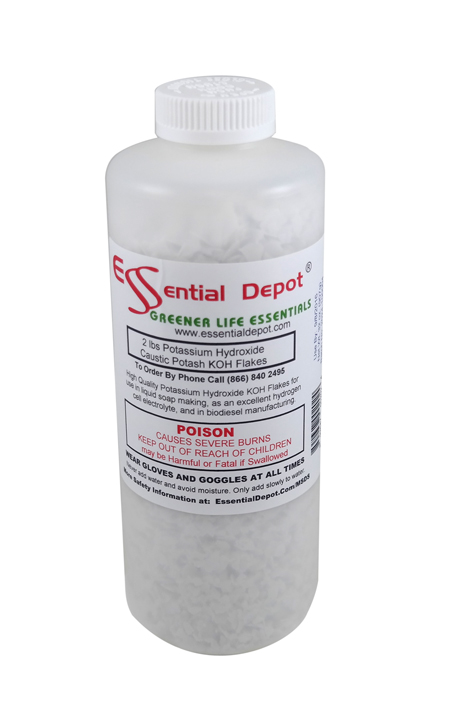Carolina Dream'n
Well-Known Member
Potassium hydroxide falls out when in solutions with pure phosphoric acid.I don't even make a stock solution with the KOH, but if pH up is needed, I measure flakes with a mg scale.
http://www.essentialdepot.com/product/KOH-2.html
(assuming pH up is needed)
Honestly, people using potassium silicate may as well just switch to using potassium hydroxide.



![IMG_0404[1].JPG](/data/attachments/2586/2586831-f31a293184a3b32aae569e3016005459.jpg)
![IMG_0405[1].JPG](/data/attachments/2586/2586833-19f908c0911716f7bd84207aa9576281.jpg)
![IMG_0407[1].JPG](/data/attachments/2586/2586834-354653bf98d6c476be38c026f8f1b7e6.jpg)